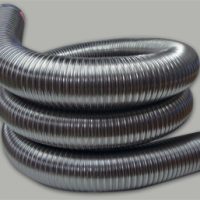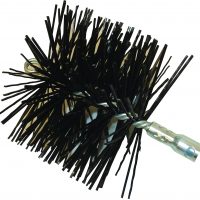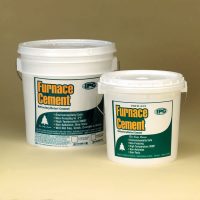What is carbon monoxide?
Carbon monoxide or CO is a colorless, odorless and tasteless gas. Due to this fact, it is very hard to detect the presence of CO in your environment. It is, however, imperative that the CO levels in your home are carefully monitored. Even at relatively low levels, CO is poisonous because it rapidly accumulates in the blood thereby depleting its ability to carry oxygen. Extreme cases of CO poisoning result in death.
Where does carbon monoxide come from?
CO is a common by product of the combustion of fossil fuels. When properly installed and maintained, most fuel burning equipment (natural gas, propane or oil) will produce insignificant amounts of CO.
At what level does carbon monoxide become toxic?
For healthy adults, CO becomes toxic when it reaches a level higher than 50 ppm (parts per million) with continuous exposure over an eight hour period.. When the level of CO becomes higher than that, a person will suffer from symptoms of exposure. Mild exposure over a few hours (a CO level between 70 ppm and 100 ppm) include flu-like symptoms such as headaches, sore eyes and a runny nose. Medium exposure (a CO level between 150 ppm to 300 ppm) will produce dizziness, drowsiness and vomiting. Extreme exposure (a CO level of 400 ppm and higher) will result in unconsciousness, brain damage and death.
How to avoid carbon monoxide poisoning
* have a qualified technician install and regularly inspect all fuel burning appliances
* regularly inspect fireplaces and chimneys to insure proper ventilation
* never use a gas or charcoal barbeque indoors
* never start a car or gas run lawnmower or snow blower in a closed garage.
* install a carbon monoxide detector in your home.






